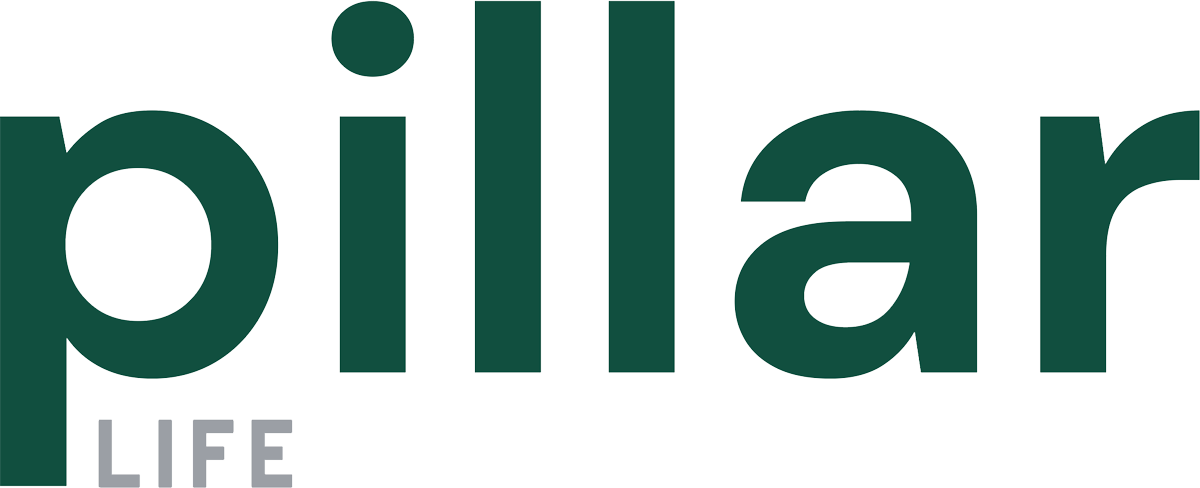 An annuity is one of many places to invest funds to grow for the near or distant future and though the types of annuities vary, guaranteed annuities will provide a consistent return. For purchasers with a high market risk tolerance, indexed annuities will track an underlying index, and their rate will shift with the market.
An annuity is one of many places to invest funds to grow for the near or distant future and though the types of annuities vary, guaranteed annuities will provide a consistent return. For purchasers with a high market risk tolerance, indexed annuities will track an underlying index, and their rate will shift with the market.
This is ideal for investors who want to benefit from market upswings and are not concerned about the risk of potential downturns. However, guaranteed annuities are the most popular, most likely because they offer more predictability.
Once the guaranteed annuity rate ends, however, there are options for reinvesting or receiving the funds, each with their own tax effects and long-term changes. Here’s what you need to know.
What Is a Guaranteed Annuity?
A guaranteed annuity is a type of annuity with a preset fixed rate that remains the same throughout the term. Contrast this with, for example, a variable annuity, in which the rate stays the same for a prescribed period of time, then adjusts on a schedule outlined in the contract (e.g., monthly, annually, etc.) based on market conditions.
Guaranteed rate annuities will remain the same regardless of market fluctuations making them a popular choice as they allow the purchaser to predict what their balance growth. MYGAs are an example of a guaranteed annuity and are the most commonly purchased.
Once the term of your guaranteed annuity rate ends, you will need to decide what to do next. Options include:
Auto-Renewal
If your annuity terms include an auto-renewal clause, you may allow the annuity to say in force, in which case it will automatically renew. You need to be careful as many annuities will default to a one year rate, but your insurance company will usually offer a higher rate for a longer term.
However, be sure to check the details of your annuity. You will want to maximize the rate you receive. Often, the renewal rate you are offered may be higher than the rate offered by other companies.
Fund Rollover
 Perhaps the most common way to approach the end of a guaranteed annuity rate is to roll the funds into another annuity. For example, if you secured a three-year MYGA with the highest rate, and for any reason are not yet prepared to receive the money at the end of the term, you have the option to roll the MYGA funds into another MYGA to keep the accumulation going.
Perhaps the most common way to approach the end of a guaranteed annuity rate is to roll the funds into another annuity. For example, if you secured a three-year MYGA with the highest rate, and for any reason are not yet prepared to receive the money at the end of the term, you have the option to roll the MYGA funds into another MYGA to keep the accumulation going.
Doing so may avoid creating a taxable event. From a tax perspective this is the same as keeping the annuity with your current company but extending the guarantee term.
Annuitize the Funds
Another of the most common options at the end of a guaranteed rate annuity is to annuitize the funds. While your money is growing in an annuity such as a MYGA, you will not be receiving payments. Instead, the money will grow according to the prescribed rate.
Once the MYGA ends, you can convert the annuity into one that pays out, typically a fixed annuity product. Your original principal plus the accumulation will begin to annuitize, providing you with consistent income for the term you selected, up to the rest of your life.
Cash Out
If your primary purpose for selecting a guaranteed rate annuity was to grow your money, you can also choose to cash out. This returns all of the principal plus accumulation to you, and you may choose how to use the funds to suit your goals. If you are going to place it into another annuity, you may want to consider a rollover option for tax reasons if that is the best choice for your specific situation.
Tax Implications for End-of-Term Actions
 Depending on what you do at the end of your guaranteed annuity rate, you may or may not incur a tax burden. Rolling money from one annuity to another does not necessarily create any tax liability at the time of the rollover.
Depending on what you do at the end of your guaranteed annuity rate, you may or may not incur a tax burden. Rolling money from one annuity to another does not necessarily create any tax liability at the time of the rollover.
However, cashing out a non-qualified annuity (funded with after-tax dollars) immediately generates a tax responsibility—but only for the accumulated amount. Similarly, if you choose to convert to an annuitized product, you will need to pay taxes, but only on the money that accumulated beyond what you initially invested.
For qualified annuities funded with pre-tax dollars, income received will be taxed as regular income.
Get the Right Annuity for Your Needs
Annuities can be a powerful investing tool, but they are most effective when they are customized to suit the financial goals of the individual. No one understands those goals, challenges and contexts better than you, which is why Pillar Life Insurance offers a self-service portal where you can make the right choices on your own. Without the need to speak to an agent, you are able to take charge of your own investing to secure your financial future.
Get A Personalized Annuity Quote
Try our annuity calculator and see how Pillar Life can grow your investment to meet your long-range financial goals.
